
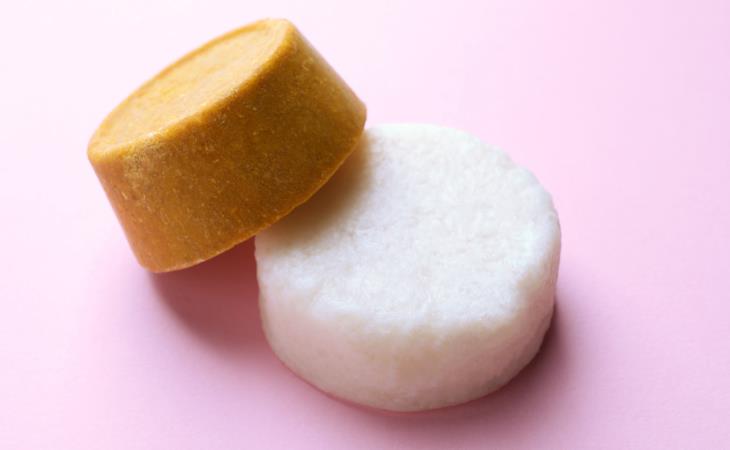
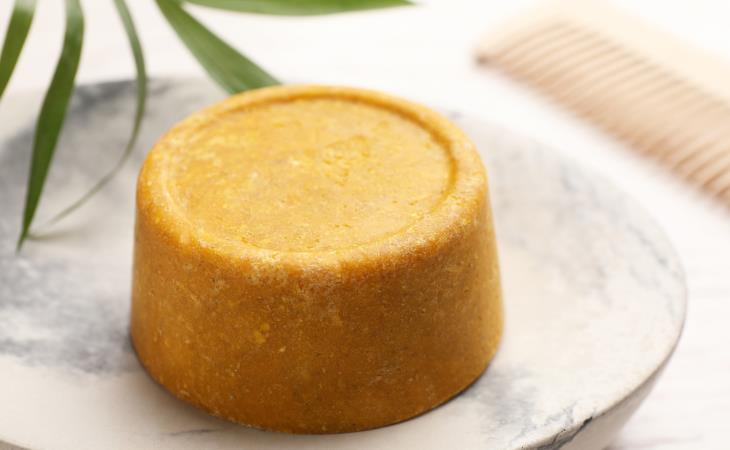
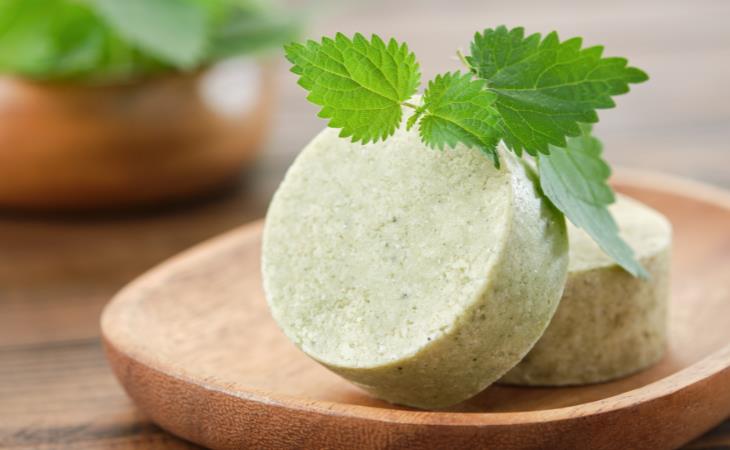
 5:55
5:55
Winter Hair Care: Do's & Don’ts for Healthy Locks
Follow these simple tips to maintain healthy hair throughout the winter season.

Hair Regeneration Could Be Possible With This New Process
Learn about an innovative new study which has revealed a novel treatment for effective hair regeneration.

10 Effective Ways to Boost Hair Shine
We’re all after beautiful glossy hair. Follow these tips to bring back the shine and silkiness to your locks.
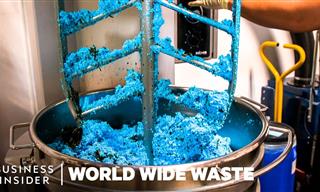 6:00
6:00
All the Nitty-Gritty About Solid Shampoo Bars
Get all the nitty-gritty of solid shampoo...
 3:40
3:40
Looking at Caffeine, Shampoo and Rosemary for Hair Growth
Looking at the real research done behind these ingredients helps us see which really help and which still needs more research to know if they are effective on humans.

You May Have Been Washing Your Hair Wrong Your Whole Life
This simple guide will explain why you haven't been washing your hair properly and how to do the right way to make sure your hair is healthy and strong!

17 Great Ways to Re-Use Those Old Tires!
Why throw things away when we can make new things for ourselves with just a bit of creativity? Here are some great ideas for re-using your old tires.

Surprising Papers You Must Shred to Prevent Identity Theft
If you don't shred these seemingly harmless documents and throw them directly into the trash, you may be subject to identity theft...

Practical Guide: 15 Useful and Effective Tips for Home DIY
The tips covered here span a wide range of projects you're likely to encounter—from painting and wallpapering to fixing squeaky floors and tackling basic plumbing issues.

Don't Forget to Clean These Parts of Your Living Room
A lot of dust and bacteria can accumulate in the living room. Make sure that you're cleaning all of these commonly overlooked spots in your living room.
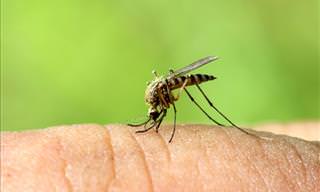
5 Home Remedies to Banish Mosquitoes From Your Life
Yo won't need to spend another cent on mosquito repellents once you have become acquainted with these natural ones!
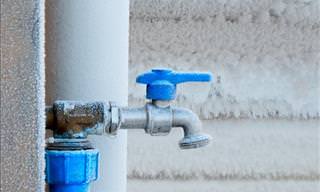
Stop Your Pipes From Freezing with This Simple Hack
Don't let your pipes freeze this winter! Here's how to go about it.

6 Surprising Mistakes You Probably Make When Cooking Pasta
If you follow these steps you'll be rewarded with a delicious dish that is worth every creamy bite.

Love Your No Oil Frying Pan? Don’t make these 9 mistakes!
Here are 9 foods that an oil-free frying pot isn’t meant for.

Get Rid of That Musty Basement Smell Once and For All
Your basement doesn't have to smell musty. Here are the reasons why it occurs and how to eliminate the unpleasant smell.

The Science Behind the Good Taste of Leftovers
Do you feel leftover food tastes different? it's not just in your head. Here's the science behind it, and which foods make the best leftovers.

How Would You Handle a Life-Threatening Situation?
How would you handle these life-threatening situations? 12 tips to keep in mind.
 16:47
16:47
These Gentle Dog Breeds Are Perfect for Older Adults
Here are 10 dog breeds that are ideal for seniors.

Organizing Mistakes That Make Your Kitchen Look Cluttered
Take a look at the possible organizational mistakes you are making that are making your kitchen look messy.

8 Useful Tips That Will Help You Tame Your Anger!
Being angry takes its toll on your health and relationships. Therefore, this video will show you 8 great ways to keep your anger in check.

10 Effective Ways to Boost Hair Shine
We’re all after beautiful glossy hair. Follow these tips to bring back the shine and silkiness to your locks.
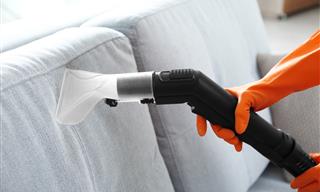
From Leather to Linen - How to Clean Every Type of Couch
Couches tend to collect dirt, but cleaning them can be tricky. Take a look at these expert-approved tips on how to clean 8 different upholstery materials.
 23:50
23:50
Time to Ditch These Outdated Rules of English Grammar!
It’s time to stop following these English grammar rules that never really mattered.
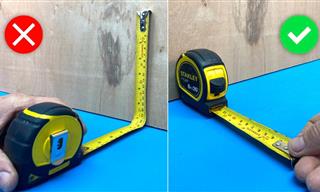 3:12
3:12
I Had No Idea You Could Do This With a Tape Measure
Did you know that you can turn a tape measure into a compass? This is just one of the many hidden features of the tape measure shown here...
 17:36
17:36
Plant Propagation for Beginners: 5 Useful Methods
Luckily, you can make the most of every plant you buy by propagating them, essentially multiplying your plant collection every time!

Did You Know That Going Bald Can be a Good Thing?
Although for many men, going bald is their worst nightmare, it's actually associated with numerous advantages. Here are 8 to lift your spirits.

Suffer From Sweaty Armpits? This Is What You Need to Do
If you get sweaty armpits, be sure to follow this deodorant advice.

The ULTIMATE Guide for Using Foods for New Purposes
This guide will give you the useful tips and helpful information you need to find alternative uses for most of your common food products. You'll be amazed at the surprising uses for some of these common food items.

I Wish I Discovered The Uses of Castile Soap Sooner
If you haven't used Castile soap yet, these 10 reasons will convince you to do so.

How to Clean Those Ugly Water Spots from Your Car
Ugly water spots on your car are a real nuisance. But if you know what to do, getting rid of them isn't too tough. Here are several effective tips.

A Word From the Chef: Do NOT Do These Things in the Kitchen!
The kitchen is usually a wonderful place, but if you don’t know what you’re doing, it's easy to make mistakes that could turn it into a hazardous environment. Here are 17 things you should never do in the kitchen, from the mouths of experts.

15 Seniors Who Still Know How to School Us in Life
These elders have some interesting advice to share...
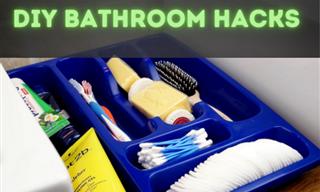
7 Handy Bathroom Hacks That Will Make Your Life Easier
Here are some handy bathroom life hacks that will help you keep it clean and well-organized conveniently.
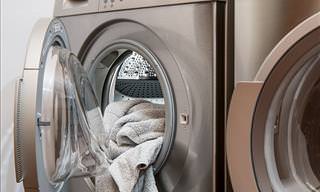
Warning: Don't Put These in the Washer or Dryer!
The washing machine and the dryer are two very efficient inventions that help us a lot - but the following 9 items are best kept away from them.

10 Super-Effective Tips No One Else Will Tell You About
Fix and do just about anything with the following 10 supercool tips and tricks!
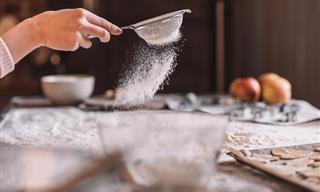
Use These Great Alternatives for Healthier Baking
From using applesauce instead of butter to swapping refined sugar for natural sweeteners, discover easy changes for better baking.
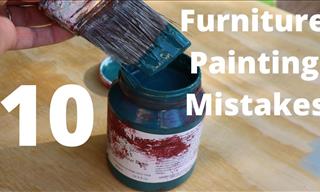 18:55
18:55
How to Avoid 10 Common Furniture Painting Mistakes
See this video about common furniture painting mistakes before you decide to repaint your furniture
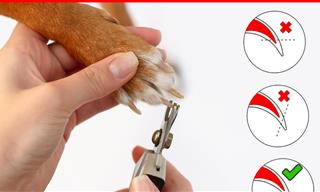 8:02
8:02
DIY Dog Nail Trimming: Keep Your Pup's Paws Healthy
Why visit a vet to trim your pup's nails? Do it at home with these easy-to-follow instructions.
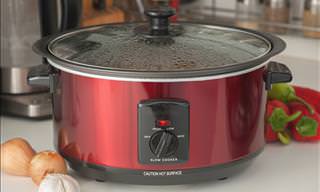
15 Ways to Get the Best Results From Your Slow Cooker
The slow cooker is pretty easy to use. However, there are some simple rules that you should follow in order to get the best results. Check them out here.

How To Keep Your Glasses In Mint Condition For Years to Come...
7 simple tips that will help you keep your glasses in good condition for a very long time.

Never Put Your Phone in These 8 Common Places!
If you care about your cell phone and your health, then make sure you never leave your device in any of these places.

Where is YOUR Dog From? The Full Dog Breed Compendium
The complete guide to dog races by country!

This Post Will Show You Everything About Bananas
You're about to know everything there is to know about the banana because we're presenting you with SO much information here.
 9:41
9:41
8 Natural And Safe Ways to Keep Ants Away From Your House
Take note of these useful natural remedies that can help you keep ants away from your home.
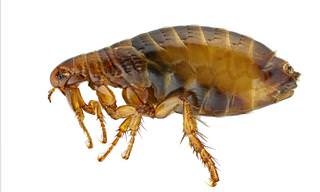
If Your Pet Has Fleas, Try Out These Natural Flea Remedies
Nature has provided us with many ways to eradicate fleas and we are going to share eight of them here. Take a look for yourself!
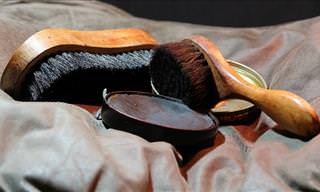
Keep Your Shoes in Top Shape with These Tips and Tricks
Learn how to always keep your shoes in top shape, no matter their age or fabric. I guarantee, it will save you a lot of money because you won’t have to buy new shoes so often anymore.

10 Condescending Texts You Might Be Sending Unknowingly
Here are 10 common texts that often rub people the wrong way—and why.
To enable your Ad-Free Subscription, please fill the fields below
Your subscription was successful, now you can enjoy an ad-free experience!! Note: To make sure you get no ads, please make sure to log in to your account. If you are logged in already, then refresh the page. The subscription can be cancelled at any time.


